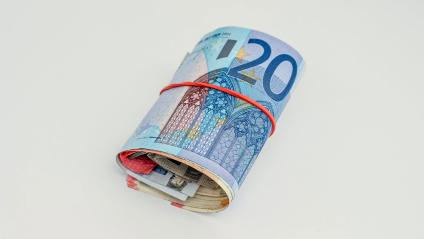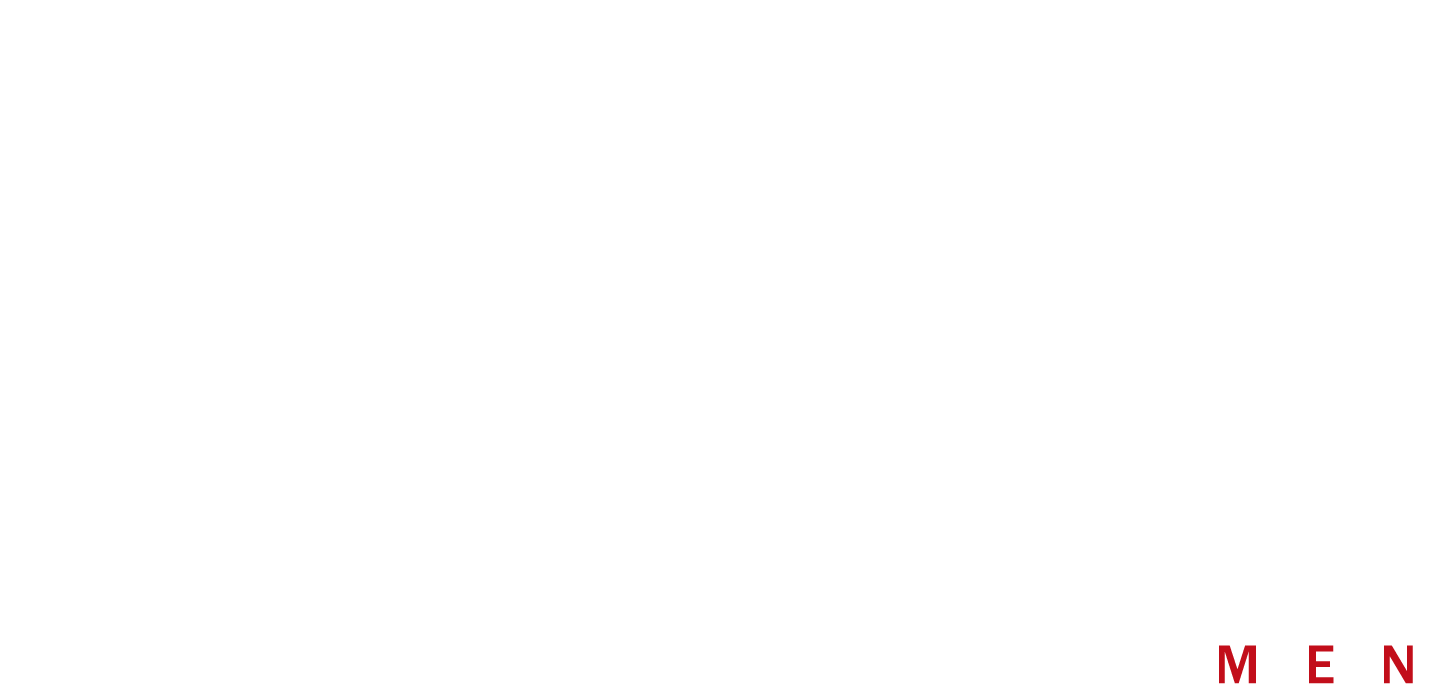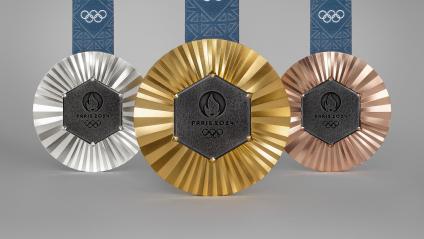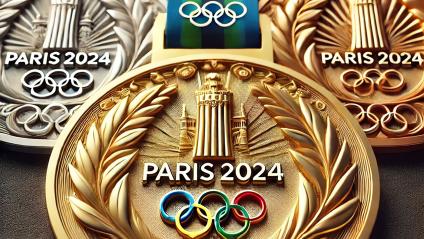
Als je het perfecte vrouwenlichaam moet beschrijven, hoe zou je dat dan doen? Billenmannen zullen opteren voor omvangrijke derrières, borstenmannen zullen zich focussen op de voorgevel. Maar onze smaak blijkt ook vrij trendgevoelig te zijn. En daar wil fitnessblogger Cassey Ho iets aan doen.
Om die reden postte Ho een hele rits foto’s waarin ze steeds dezelfde spiegelselfie zo shopte dat hij in een ander trendtijdperk past. Zo leven we volgens haar nu in de tijd van de grote billen, brede heupen, smalle tailles en volle lippen. Een tijd waarin plastische chirurgie normaal wordt en bilimplantaten geen rariteit vormen.
Dun versus curvy
In de jaren tussen 1990 en 2000 vierden grote borsten, platte buiken en thighgaps hoogtij, waren we in de vroege jaren ’90 in de ban van zo dun mogelijk zijn en hielden we in de jaren ’50 van het zandloperfiguur. In de roaring twenties hielden we van kleine borsten en kaarsrechte figuren. Terwijl we in de tijd van de Italiaanse Renaissance hielden van curvy.
Cassey Ho besluit haar verhaal met de roep om te stoppen onze lichamen aan te blijven passen aan wat hip is. ‘Behandel je lichaam met liefde en respect en conformeer je niet aan het schoonheidsideaal. Omarm je lichaam, ieder lichaam is perfect.’ En zo is het.
Het perfecte vrouwenlichaam door de jaren heen
(Beeld: Instagram)













Reacties